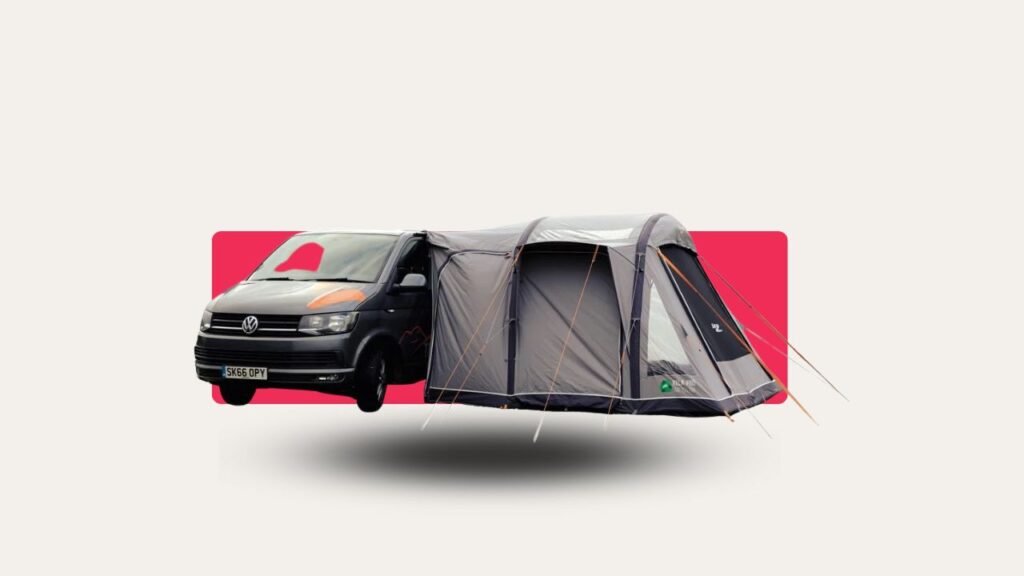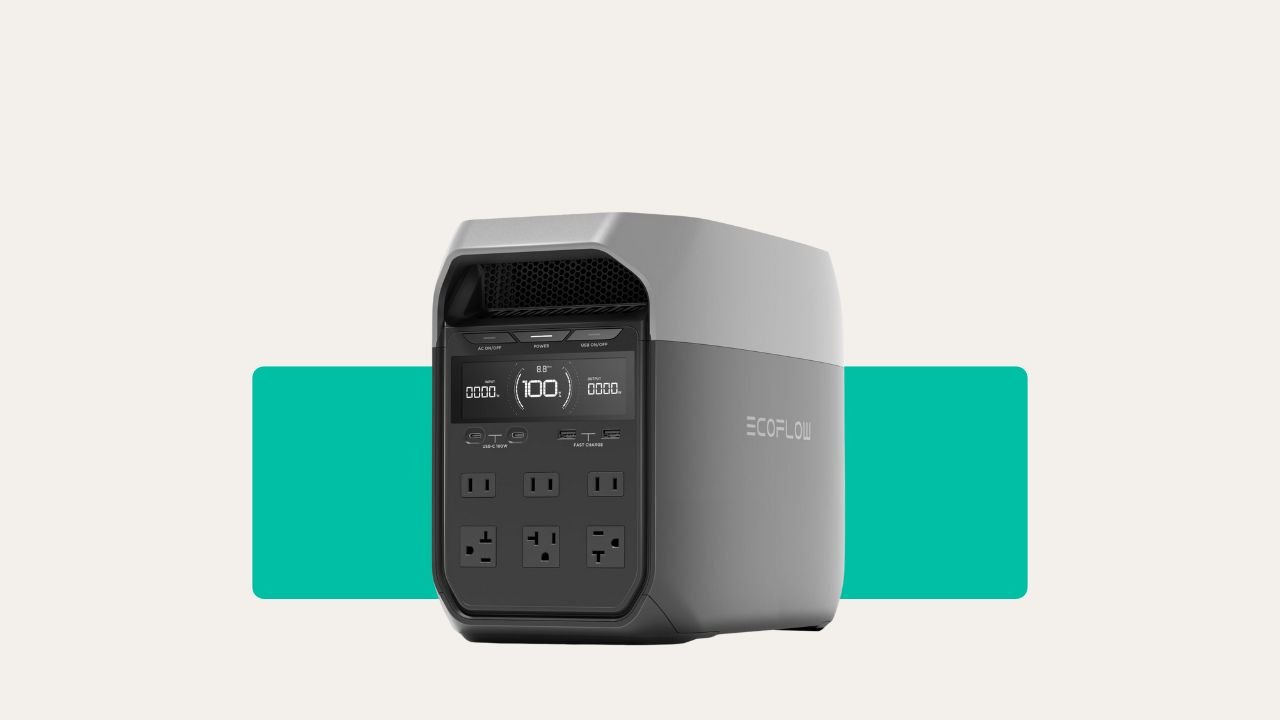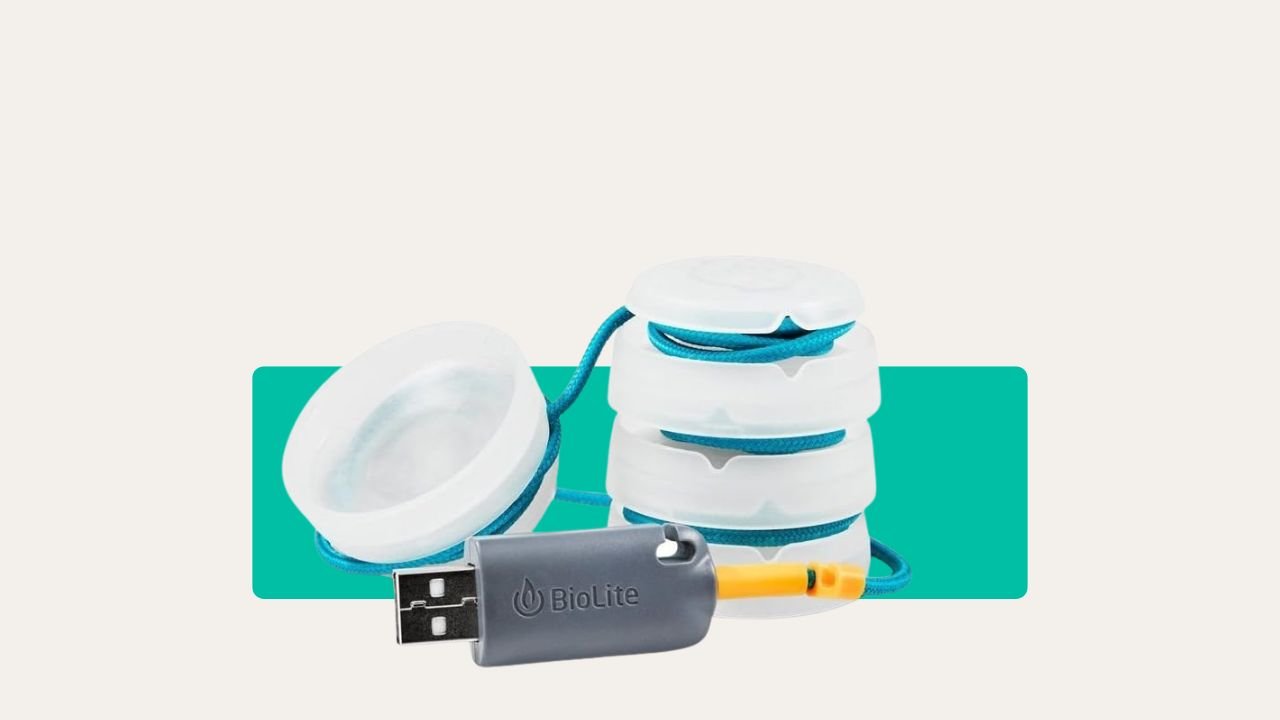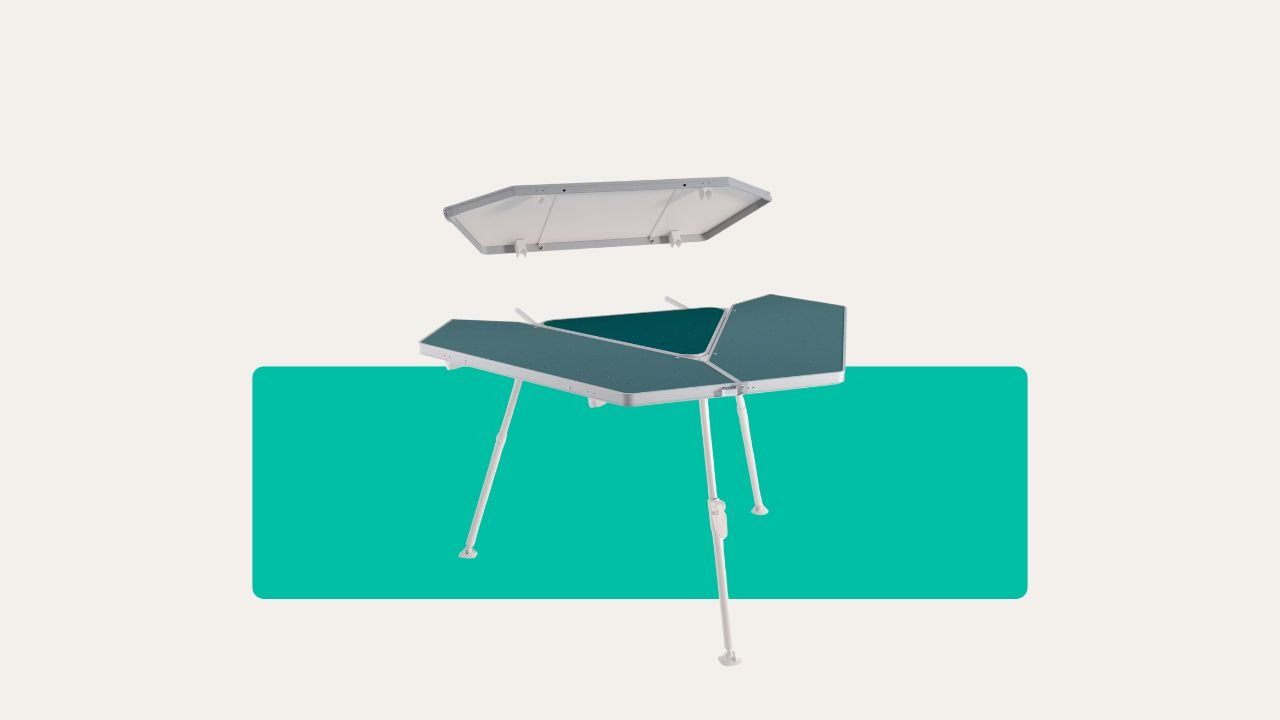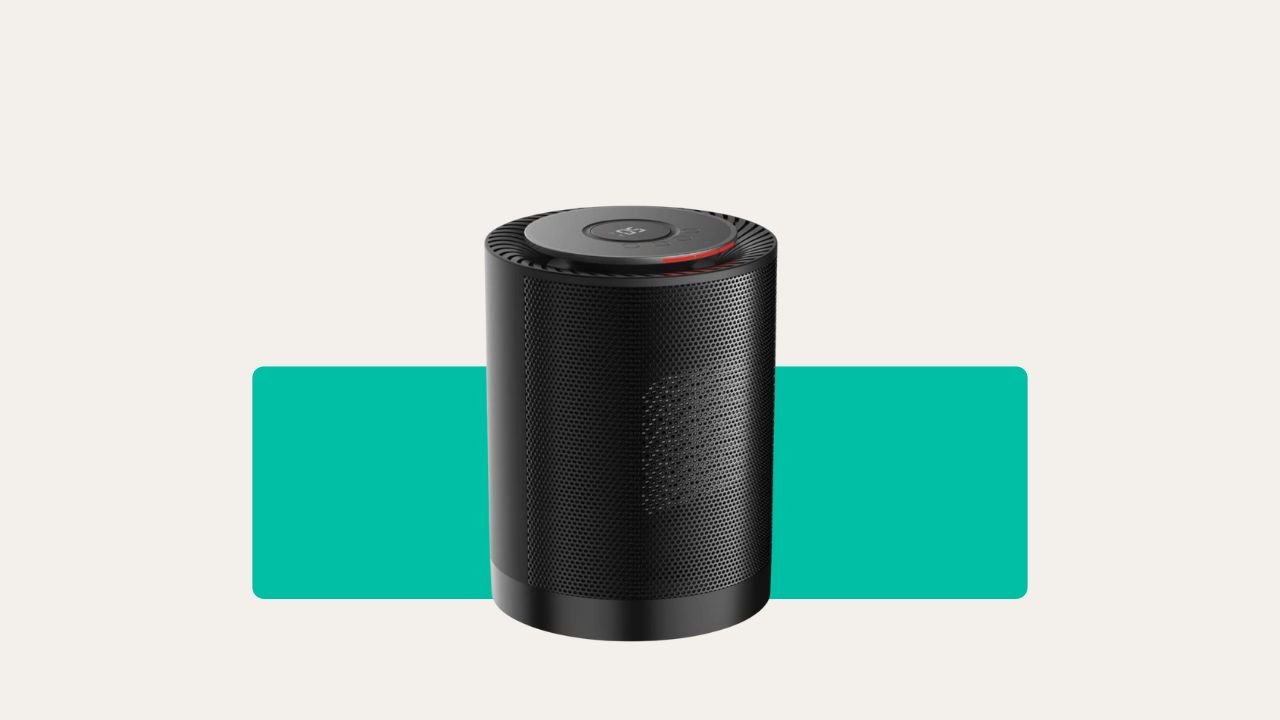Most people think you need a giant tent or a fiddly maze of poles to get proper space next to your campervan. It’s simply not true.
The Vango Kela Air packs big living room into a compact bundle, all without the faff or backache I remember from my first awning. Here’s what matters if you want gear that actually works on real British campsites.
Vango Kela Air at a Glance
The Vango Kela Air is one of those bits of kit you spot everywhere once you notice it. There’s a good reason for that. It’s a drive-away, inflatable awning designed for campervans and smaller motorhomes.
Why do so many campers rave about it? Quick setup, tough fabrics, and massive windows that turn a muddy pitch in Cornwall into a sunlit second lounge.

I've seen plenty of people wrestle with traditional pole awnings as the rain buckets down. With the Kela Air, you’re pitched before your tea’s even brewed. If that sort of hassle-free camping appeals, read on.
Main Features and Specifications
Let’s cut to the nuts and bolts. The Vango Kela Air (especially the 3 Low model) is sized for most UK campervans, with a width of 310cm and a depth of 370cm. The peak height is a sensible 213cm, so even tall folks don’t end up stooping like they’re in a phone box.
It’s not the lightest: at 19.3kg, you’ll feel it when lugging across a car park. The pack size (90x42x32cm) is manageable for most vans, though in a tiny two-berth you’ll need to plan your boot space.
Key details worth knowing:
- Fabric is tough Vango Sentinel Pro (420-denier, double ripstop), fully waterproof to 6,000mm Hydrostatic Head;
- Hand pump, storm straps, and pegs come included;
- Pitching time is genuinely quick—around 8 minutes solo, even less with a mate pumping;
- Sewn-in groundsheet for proper bug and draught protection;
- Windows are panoramic, with zipped curtains for privacy.
Real talk: the carpet is extra, and it makes a big difference on cold or gravel pitches. Don’t skip it if you want cosiness underfoot.
Options and Layout Choices
The Kela Air isn’t a one-size-fits-all awning. You’ve got a couple of height versions. The ‘Low’ model fits vehicles 180–210cm at the attachment point—spot-on for most VW Transporters, Ford Transit Customs, and smaller campers. There’s also a ‘Standard’ for chunkier vans.
Inside, you get a large, almost-square living area (235x310cm) and a tunnel that links your van to the awning. This tunnel has a door each side, so no need to clamber round in the mud when you want in or out.
The space works well for a couple plus kids or two adults who want chairs, a table, and camping kit out of the weather. The optional clip-in bedroom makes it a guest tent as well—handy if you’re bringing teenagers or mates for a festival.
I once used mine as a buggy store and boot room after a wet Dartmoor stomp. Nothing worse than having wet kit clog up your van interior.
Setting Up the Kela Awning
If there’s one myth that needs busting, it’s the “inflatable means complicated” one. The Vango AirBeam system is dead simple. Unpack, peg down the base, inflate the main tubes with the supplied hand pump (about 2 minutes per tube if you’re quick), and it’s standing.
It’s a relief if you’ve ever juggled a forest of fibreglass poles in a March wind. With this, I’ve pitched in everything from Lake District drizzle to biting sea gusts in Pembrokeshire, all without a wrestling match.
Attachment to the van is flexible. Most people use the kador strip, which slides into your van’s awning rail or wind-out canopy. If you haven’t got a rail, there are webbing straps that loop over the roof (although I’m wary of paint scratches on a new van). Failing that, Vango sells a simple pole and clamp kit that fits many gutter types, or you can use roof bar tabs. The key thing: check your van’s fixing points before you buy.
Pro tip: Mark your van’s position before you drive away, so you can park up in exactly the same spot when you return. Saved me a headache more than once.
Doors, Windows and Light
This is where the Kela shines, literally. Four doors—two in the tunnel, two into the main living area. You can open everything up on a sunny day and it works like a big gazebo, with great airflow and shaded shelter for group meals or drying out wet socks.
When midges or flies are about, keep the mesh panels zipped. I’ve survived a Scottish summer without being turned into a walking pin cushion thanks to these.
The panoramic windows are a win for dark evenings or full-grey days. You get masses of natural light, with zipped curtains for privacy at night. There’s even a skylight strip above—the difference in mood between a small windowless awning and this is night and day.
One gripe: Only one main cable entry point, so if you want to run hook-up to a fridge or heater on the opposite side, be ready with an extension.
Living Experience and Comfort
Once you’ve swapped pole-and-canvas for AirBeam, you won’t go back. The interior is roomy enough for two chairs, a camp table, and everyone’s muddy boots. The sewn-in groundsheet genuinely keeps out draughts and bugs—unlike some cheaper awnings that flap at the edges when the wind gets up.
Ventilation is excellent, even when you’ve got every possible door zipped shut against rain or cold. I’ve sat out some howling Welsh nights inside the Kela Air, and it never felt stuffy or leaky.
The thick Sentinel Pro fabric really earns its keep. This is the sort of awning you can trust when the forecast’s grim—no leaks, minimal flapping, and a more solid feel than lighter rivals. The trade-off is the extra weight and size in your van, but unless you’re short on every inch, it’s worth it for peace of mind.
If you’re camping on hard ground, the optional carpet transforms it. It’s warm, thick, and feels almost like your living room at home. I once skimped on carpet—never again. A cold floor means cold feet, and nobody wants that at 6am.
Downsides and Watch Outs
No kit is perfect, even the Kela. Weight is the first issue: At nearly 20kg packed, lugging it solo across a muddy field is a workout. If you drive a tiny van or store kit in the house, plan ahead.
Second, the pack size is on the hefty side. That tough fabric is partly to blame. Better insulation comes with its own bulk.

The price is premium—and that’s before you’ve added the carpet or bedroom pod. But the Kela Air does hold its value very well. Check the used listings: they rarely go cheap. Still, if you want bargain-basement, this isn't your best bet.
Final niggle: the carpet isn’t included. Seems stingy at this price, but at least the essentials (pump, storm straps, pegs) are all in the box.
Comparisons with Key Competitors
The big rival to the Kela Air is the Kampa Cross Air. Both are quick to pitch and ditch the faff of poles, but there are key differences.
- The Kela’s Sentinel Pro fabric is thicker and tougher than the Kampa’s, so it stands up to rough weather better.
- The Kampa Cross Air is lighter, but feels a bit less solid in high winds (I’ve seen a few billow up at a blustery site).
- Both feature multiple doors and good drive-away function, but the Kela’s layout is simpler for everyday UK use.
- Pricewise, they’re on par when new, but Kela keeps its value better if you care about resale.
One thing I miss from Kampa awnings is the more modular layout, but honestly, the Vango wins for comfort, weatherproofing, and all-round dependability.
Conclusions and Who Should Buy
If you camp in Britain or northern Europe, where good weather is never guaranteed, the Vango Kela Air is a proper investment. It’s made for people who want quick setup, true waterproofing, and real comfort out in the wild—without faffing with tent poles as the rain pelts down.
This awning isn’t for those obsessed with ultralight packing or those on a shoestring. But if you’re after “buy once, buy right”, or you spend whole weekends camped out—rain or shine—it’s money well spent. The ease of the AirBeam, the tough fabric, and the clever layout all work together to make family or couple camping a joy.
If you’re still not sure, ask around on your next site: I’ll bet there’s someone with a Kela Air who won’t shut up about it. And they’ll probably let you have a peek inside too.
Pro Tips For British Campers
- Don’t forget to peg down every strap—winds sneak up fast, especially on coastal sites.
- Mark your wheel position before you drive away, or you’ll never get the van back in line with the tunnel.
- Upgrade with the fitted carpet; you won’t regret it when the ground’s cold or sodden.
- Mesh zip doors keep midges at bay—zip up before sunset in Scotland or you’ll be itching till morning.
- Store the pump and pegs in one end of the bag for easy setup and take-down.
The Vango Kela Air cuts through the nonsense and gives you the space, comfort, and reliability you need. If you’re buying once and buying right, it’s hard to beat.
For more kit reviews and camping tips, check out my best campervan guide. Camping should be about the adventure, not about fighting your gear in the drizzle. Safe travels!

